Can Aluminum Burn?
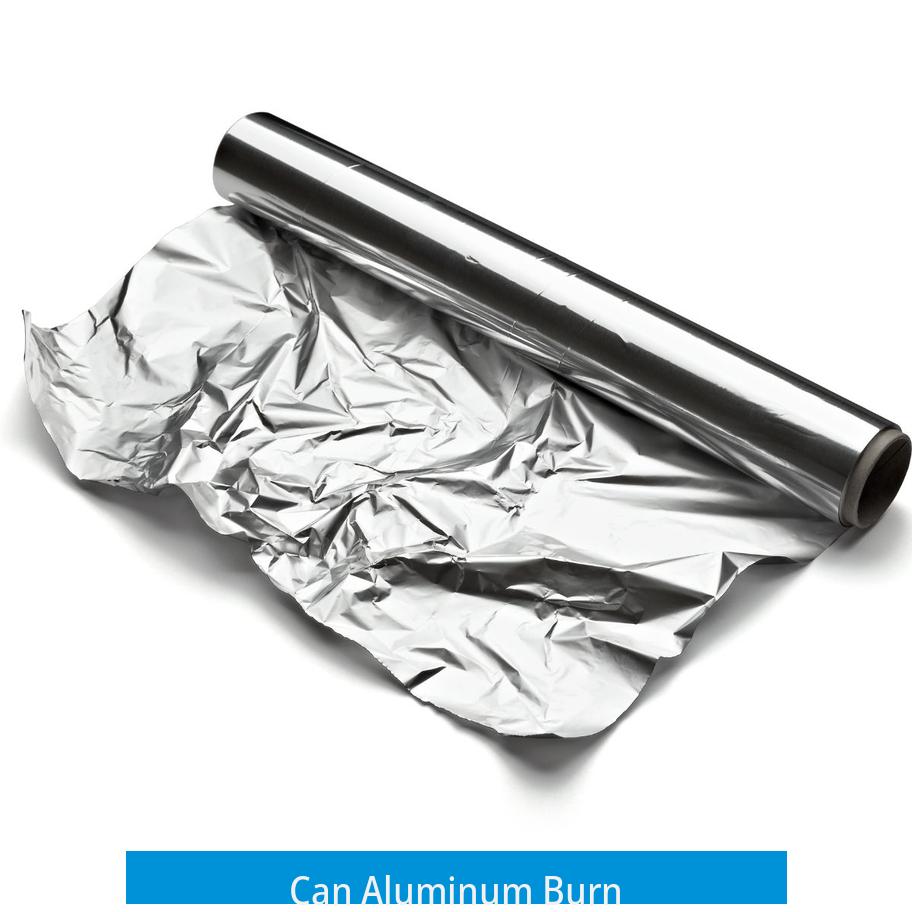
Aluminum does burn, but not in the conventional way most people imagine burning. Instead of melting immediately, aluminum reacts with oxygen to form aluminum oxide, releasing significant heat. This oxidation process, which can appear as burning, happens under specific conditions, especially when the metal is finely divided or heated sufficiently in the presence of oxygen.
Understanding Aluminum Oxidation versus Burning
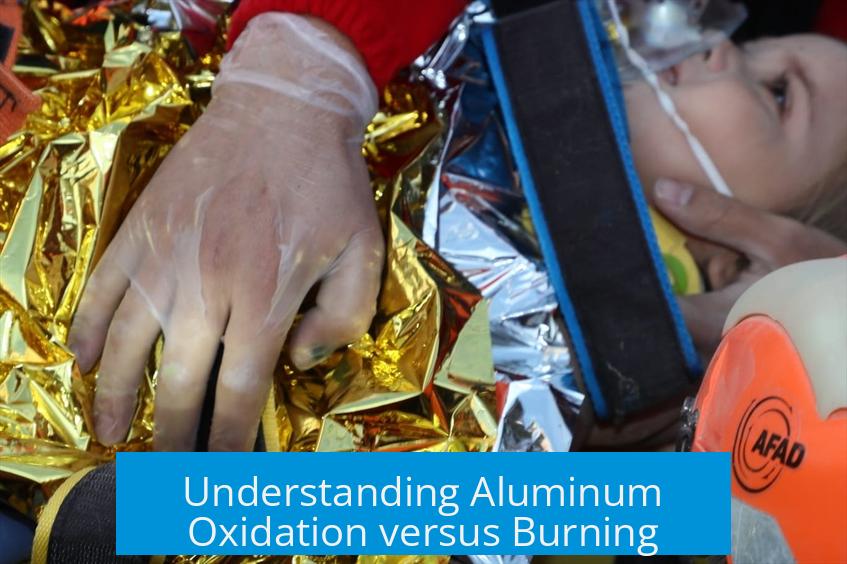
Aluminum’s reaction with oxygen is a chemical process known as oxidation. When exposed to air, aluminum quickly forms a thin, protective layer of aluminum oxide. This layer prevents further rapid oxidation under normal conditions. However, when aluminum is subjected to intense heat or is finely powdered, it can oxidize rapidly, producing a flame and releasing large amounts of energy.
- Aluminum does not simply melt in burning conditions; it oxidizes.
- This oxidation is highly exothermic, meaning it releases heat.
- Thermite reactions illustrate rapid aluminum oxidation, where aluminum reduces metal oxides and generates very high temperatures.
- When sufficiently heated with oxygen, aluminum can produce a hot flame, visible during intense fires.
Role of the Aluminum Oxide Layer
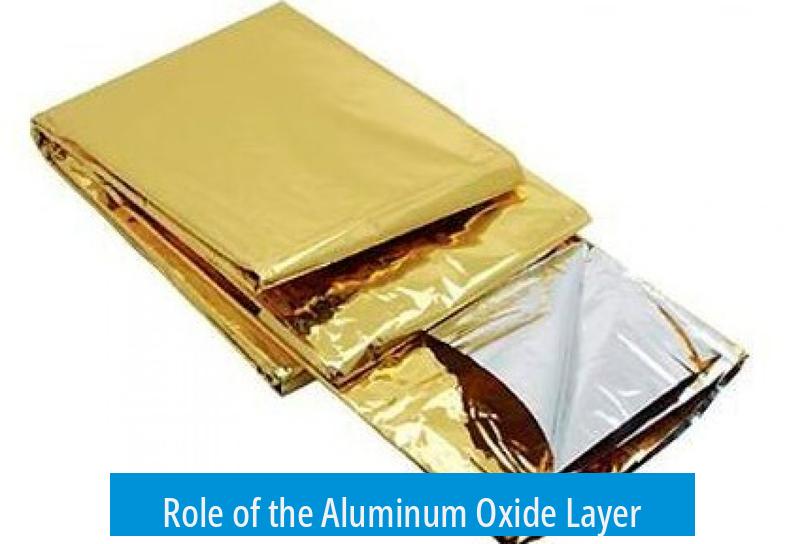
The naturally occurring aluminum oxide layer plays a critical role in resisting combustion. It protects aluminum from flames and heat by acting as a barrier against oxygen. For aluminum to burn, this protective coating must be breached or “activated,” such as by scratching or heating, exposing the pure aluminum.
How Aluminum Cans Behave in Fires
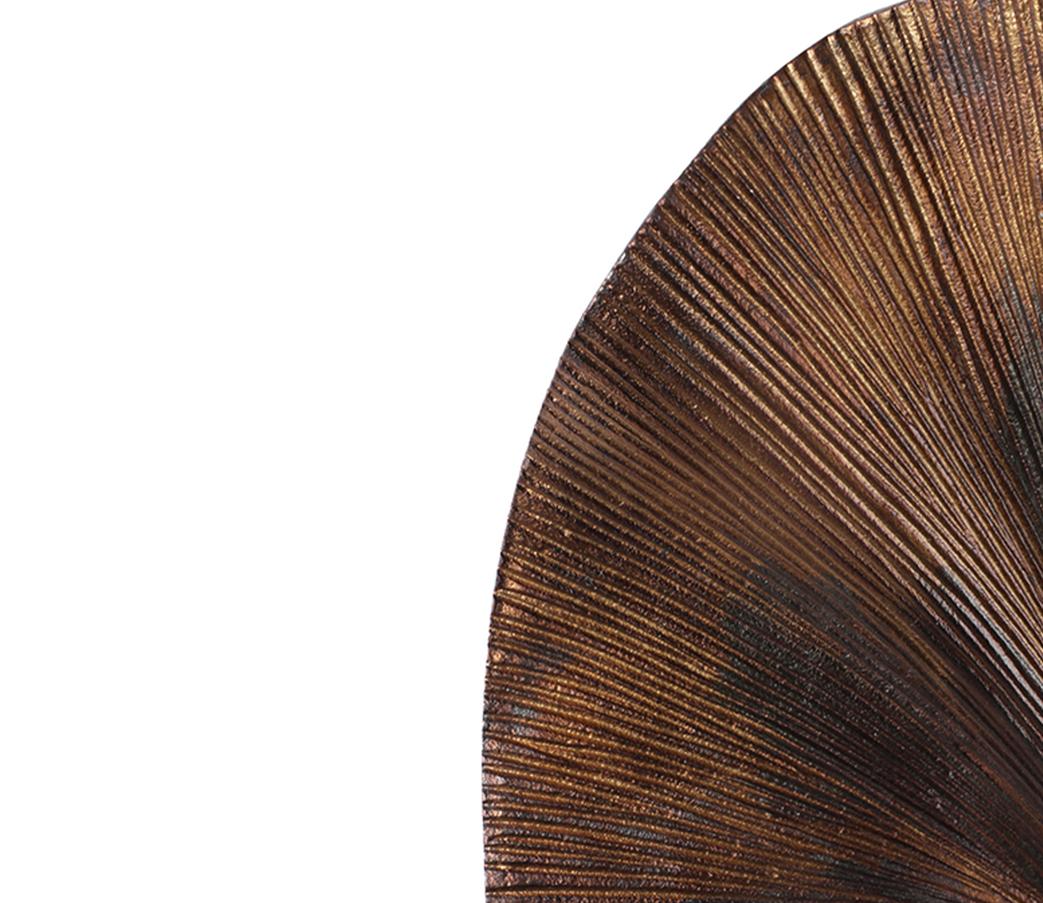
Aluminum cans provide a practical example of aluminum’s behavior in fire. Their thin aluminum walls are covered with paint and occasionally plastic coatings. Upon exposure to fire, the paint and plastic ignite first, contributing flames and smoke.
- Initial Burning: The burning of coatings leads to visible flames surrounding the can.
- Activation of Aluminum: Once coatings are consumed, the aluminum surface, now exposed, begins oxidizing.
- Burning before Melting: The cans oxidize, burning before the metal melts completely.
- Metal Softening and Collapse: Heat can soften the aluminum, causing cans to deform and collapse.
- Partial Fusion-Like Residues: Some residues may appear fused due to localized melting, especially if oxygen is limited.
Practically, in a campfire or similar high-heat scenario, aluminum cans can oxidize to ash within about ten minutes if the fire remains sufficiently hot. Intensified air flows, such as blowing air into the fire, can raise temperatures above 1000°C, enough to melt glass and aluminum.

Scientific Clarification on What Constitutes ‘Burning’
The definition of “burning” aluminum can spark debate. In principle, burning involves rapid oxidation of a material, often producing flames. For aluminum, burning means the metal oxidizes exothermically, sometimes appearing as glowing or an intense flame.
Key points on burning versus other heat-induced changes:
- Aluminum requires high surface-to-volume ratio (such as thin sheets or powder) and ample oxygen to burn actively.
- Thicker aluminum typically melts or deforms, rather than sustaining a flame.
- Adding strong oxidizers like potassium nitrate (KNO3) can cause aluminum to “flash burn” or even vaporize explosively.
- At extremely high temperatures, aluminum can vaporize, but this is a physical phase change, not combustion.
- Metals like aluminum do not burn to produce carbon dioxide since they are elements, unlike carbon-based materials.
Melting and Vaporizing Aluminum
Melting aluminum is straightforward with adequate heat and air supply. Common charcoal briquettes combined with air forced in by a blower or hair dryer can achieve melting temperatures (approximately 660°C). Aluminum’s melting is distinct from burning; a metal can melt without oxidation or flames.
Boiling aluminum oxide requires extremely high temperatures (about 2799°C), unattainable in typical fires. Vaporizing aluminum is a physical change; it does not signify burning, which chemically involves oxygen consumption and heat release from combustion.
Safety and Environmental Considerations
The act of burning or oxidizing aluminum yields intense heat and light but can also release particulates and fumes. These fumes are aluminum oxide dust, which can irritate the respiratory system if inhaled heavily over prolonged periods. Burning painted or coated aluminum cans can release toxic combustion products from the coatings.
- Burning aluminum close-up can cause severe burns due to the intense heat generated.
- In open environments, small-scale burning of aluminum cans in a campfire poses limited risk if exposures are minimal.
- Avoid intentional ignition of aluminum powder or mixtures with oxidizers without protective gear and proper safety protocols.
- Burning coated aluminum can release hazardous compounds from paints and plastics.
- Environmentally, aluminum oxide dust is inert but heavy release in populated areas is discouraged.
Summary of Key Points
- Aluminum primarily oxidizes rather than simply melts during burning; this oxidation can produce intense heat and light.
- The naturally protective layer of aluminum oxide prevents easy burning; surface activation is necessary.
- Aluminum cans burn their coatings first, then oxidize over minutes in hot fires, often softening and partially melting.
- Burning aluminum requires sufficient oxygen and heat; thin aluminum burns more readily than thick pieces.
- Melting aluminum is achievable with common fuels and forced air, distinct from burning.
- Vaporizing aluminum is a physical change, not combustion.
- Safety concerns include potential burns, inhalation of aluminum oxide dust, and toxic fumes from coatings.
Burn Aluminum? The Fiery Truth About Aluminum and Fire
Can you really burn aluminum? The quick answer: Yes, you can—but not in the way you might expect. Aluminum behaves differently than typical materials when exposed to fire. It doesn’t just flambé like wood or paper. Instead, it undergoes a high-temperature oxidation process that sometimes looks like burning but is more complex in reality. So, let’s dive into what’s really happening when aluminum faces the flames.
Aluminum Oxidizes—It Doesn’t Simply Burn
When aluminum heats up in the presence of oxygen, it doesn’t melt or combust like most things you find on your barbecue grill. Instead, it reacts with oxygen to form aluminum oxide, a stable and tough coating that prevents further corrosion. This process is called oxidation.
Aluminum oxide is quite the defender. It creates a thin but sturdy protective layer on aluminum surfaces that generally keeps the metal safe from further fire damage. So when you wonder if aluminum is burning, the answer is: it’s oxidizing rapidly at high heat, which *can* look like burning but is chemically distinct.
Take thermite, for example—a pyrotechnic mixture used in welding and incendiary devices. It contains powdered aluminum that oxidizes violently and very rapidly, producing intense heat and a glowing flame. In this extreme case, aluminum’s oxidation looks like fireworking gone wild.
What Happens When Aluminum Gets Hot?
- Aluminum melts at 660.3°C (1221°F), which is hot, but achievable with simple means like charcoal and a leaf blower or even a hairdryer.
- Aluminum burns with a *very hot* flame if heated sufficiently in oxygen-rich air—think above 650°C (1200°F).
- The boiling point of aluminum is around 2470°C (4478°F), but it will burn or oxidize long before reaching this temperature.
Interestingly, molten aluminum doesn’t burn. It’s the solid, finely divided aluminum combined with oxygen that really causes fireworks.
The Aluminum Can Experiment: What Happens When You Toss One in a Campfire?
If you chuck an aluminum can into a campfire, you might observe some surprising behavior. Initially, the can thanks to its thin aluminum oxide coating doesn’t “catch fire” easily. The paint and plastic coatings on the can ignite first, giving the illusion the aluminum itself is burning.
Once the paint and coatings burn away, the pure aluminum underneath starts its dance with the flames. It oxidizes vigorously, producing a very bright, hot flame if the fire is hot enough and oxygen is abundant. This oxidation is technically aluminum burning.
After about 10 minutes in direct contact with the embers, the can will chip away into ash, revealing that the aluminum fully reacted with oxygen and effectively “burned.” The metal softens and collapses—sometimes forming lumps that look like partially melted, fused metal. This happens when oxygen levels fluctuate and aluminum heats beyond its melting threshold.
Throwing a leaf blower or blowing air into a campfire can make it hot enough—around 1000°C—to melt glass bottles and aluminum alike. That’s a neat trick for backyard forgers, but not recommended for casual campers.
But Wait—Is It Really Burning Aluminum?
There’s a lively debate. Scientists differentiate between true “burning” (combustion) and oxidation. Burning usually involves organic compounds reacting with oxygen, releasing carbon dioxide and water. Aluminum is an element—it doesn’t have carbon to combust. Instead, what happens is its atoms react with oxygen to form aluminum oxide in an energetic reaction.
Some experts argue that vaporizing aluminum through extreme heat doesn’t equal fire, because vaporization is just a phase change—not a chemical combustion.
In simple terms: aluminum doesn’t burn like wood does, but under intense heat and oxygen it oxidizes rapidly enough to appear on fire, produce intense heat, and even cause sparks.
Thin Aluminum vs. Thick Aluminum: Which One Burns Better?
The thickness of aluminum plays a huge role. Thin aluminum foil or dust ignites and oxidizes far easier than thick sheets or bars.
- Thin aluminum requires less oxygen and heats through faster, creating perfect oxidation conditions.
- Thick aluminum more often just heats up and melts without sustaining a flame.
- Aluminum dust poses a serious fire hazard because of its large surface area. It can ignite easily and even explode if suspended in air near a spark.
Grinding or sanding aluminum produces fine dust, which is why metal shops take dust control seriously. A floating cloud of aluminum dust is like a tiny bomb waiting to happen if exposed to open flames or sparks.
Is It Safe to Be Around Burning Aluminum?
This is a big question, especially for backyard experiments or campfires. Close contact with intensely burning aluminum can cause severe burns, so keeping a safe distance is essential.
In addition, aluminum oxide dust and fumes can irritate the lungs if inhaled in large amounts. There is some evidence linking chronic aluminum exposure to health risks such as nervous system issues and bone diseases, although aluminum poisoning is rare outside industrial settings.
So, gathering at a campfire near burning aluminum cans might not be the best idea if you want to avoid breathing ash and fumes. Use caution and never handle burning aluminum without protection.
Summary Table: Aluminum and Fire At-A-Glance
| Aspect | Detail |
|---|---|
| Melting Point | 660.3°C (1221°F) |
| Boiling Point | 2470°C (4478°F) |
| Burning/Combustion | Technically oxidation, not conventional combustion |
| Surface Films | Thin aluminum oxide prevents easy ignition |
| Ability to Ignite | Requires high heat (>650°C) and oxygen |
| Reaction Speed | Very rapid in powdered/dust form (thermite example) |
| Health Risks | Inhalation of dust/fumes can pose risks |
Practical Tips and Real-Life Examples
If you’re curious about aluminum and fire, try this with safety in mind:
- Scratch the surface of an aluminum can to remove the oxide layer before heating it.
- Use a hot campfire with direct contact to embers and lots of oxygen (air blown in) to see aluminum ignite and oxidize quickly.
- Wear protective gloves and keep a safe distance. Aluminum burns at extremely high temperatures and will cause serious burns.
- Avoid sanding or grinding aluminum indoors without ventilation—you don’t want to create an explosive dust cloud.
For backyard enthusiasts, a homemade forge using charcoal and a leaf blower easily melts aluminum, demonstrating its high temperature tolerance and thermal conductivity.
The Bottom Line? Aluminum is a Special Kind of “Burner”
Aluminum won’t burn like wood, paper, or gasoline. Instead, it oxidizes rapidly at intense heat, creating brilliant flames and extreme temperatures. Depending on its thickness and surface condition, aluminum can resist fire, melt, collapse, or even partially fuse during oxidation.
Its behavior challenges simple ideas about “burning” and shows why aluminum is prized for fire resistance in construction and manufacturing.
Next time you see an aluminum can in a campfire or thermite igniting, remember: you’re witnessing one of the most energetic and fascinating oxidation reactions in action. Aluminum doesn’t just burn—it puts on a spectacular fiery show.
Have you ever witnessed burning aluminum firsthand? What’s your take on the science? Share your story and questions below!
Can aluminum cans actually catch fire when placed in a campfire?
Yes, aluminum cans do catch fire initially, mostly from burning paint and plastic coatings. After these burn off, the aluminum itself oxidizes rather than burning with a flame.
Does aluminum melt or burn first when heated?
Aluminum burns before it melts if enough heat and oxygen are present. The thin oxide layer delays ignition, but once activated, aluminum will burn with a very hot flame prior to melting.
What causes aluminum to burn with such a hot flame?
Aluminum burns hot due to rapid oxidation in oxygen-rich environments. This chemical reaction releases a lot of energy, creating an intense flame, especially in thin aluminum like foil or cans.
Is melting aluminum the same as burning it?
No. Melting aluminum occurs at around 660°C, where it changes from solid to liquid without chemical change. Burning involves chemical oxidation, which happens at higher temperatures with oxygen.
Can aluminum vaporize or explode when heated?
With certain oxidizers like potassium nitrate, aluminum can flash burn or vaporize explosively. Vaporizing aluminum requires extreme temperatures but doesn’t count as burning chemically.


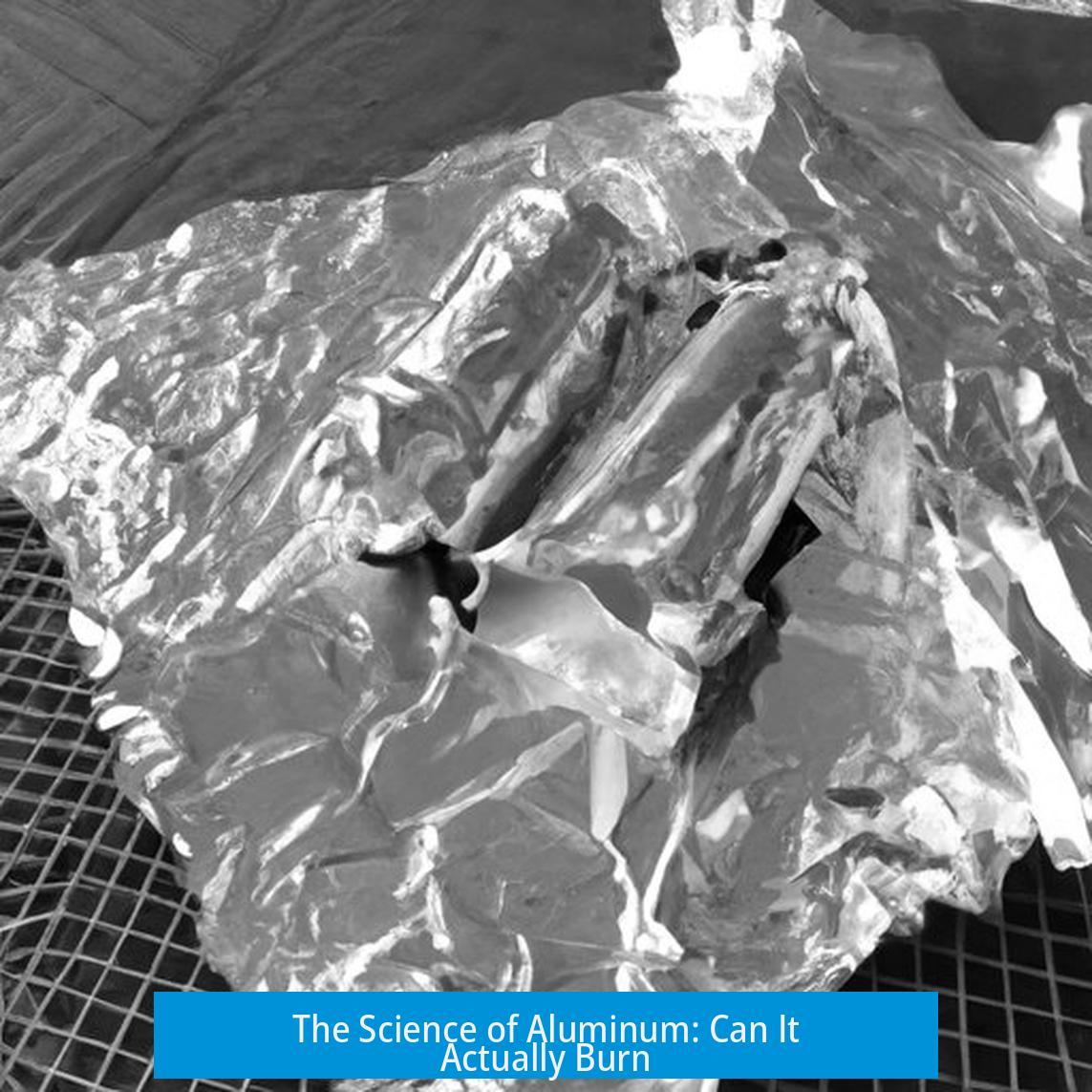
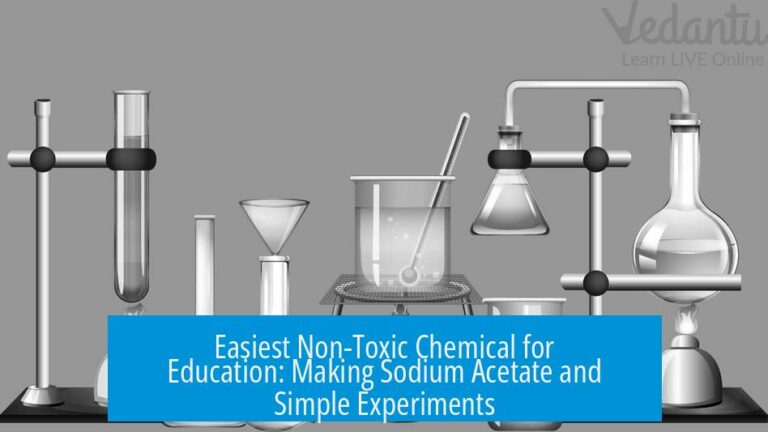
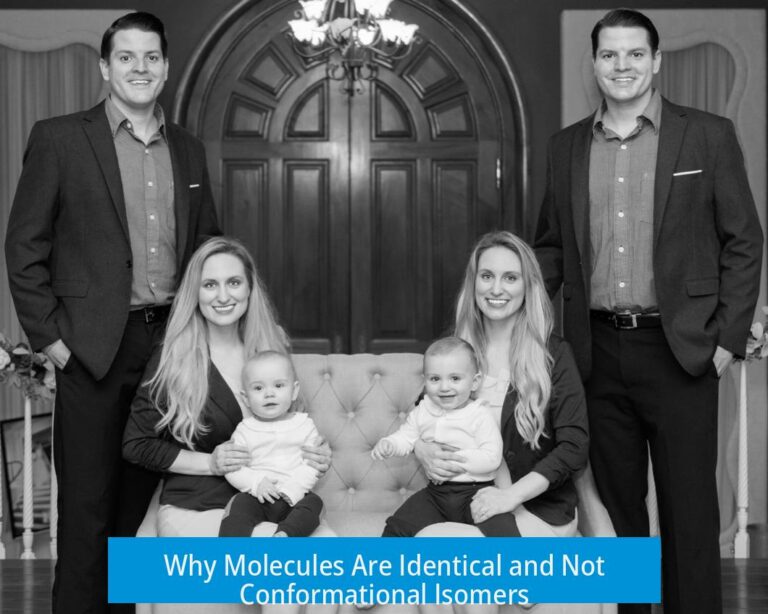
Leave a Comment